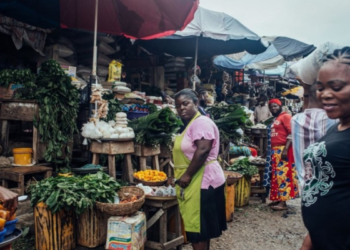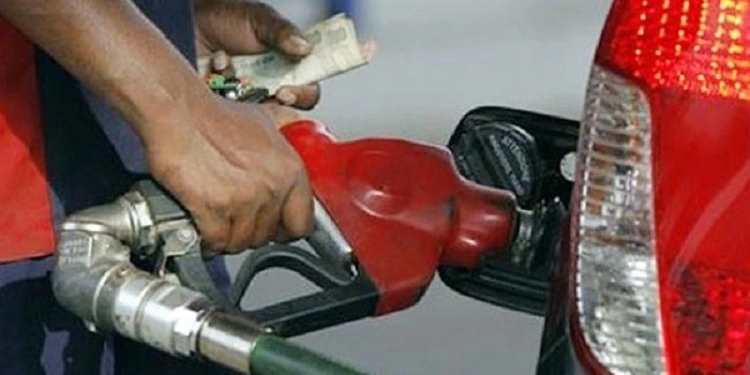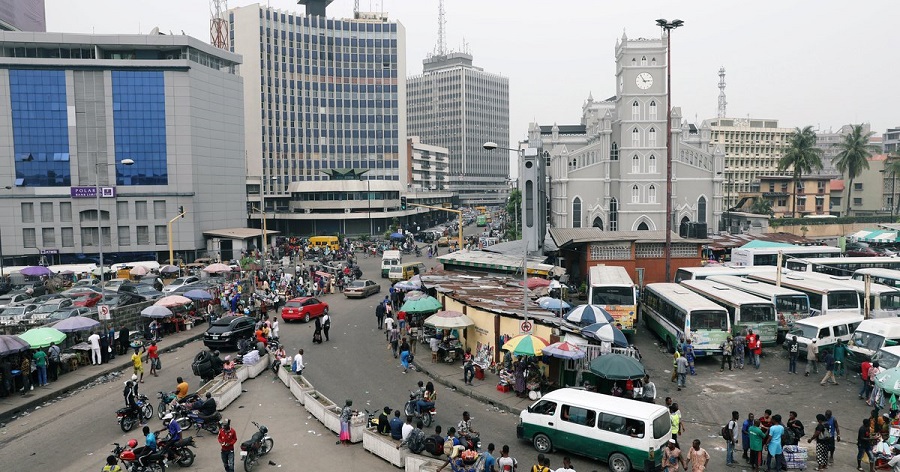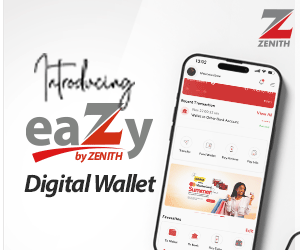Key highlights
- Successful subsidy removal requires gradualism, transparency, and social protection.
- To remove subsidies without hardship, use positive language, establish support, conduct review, implement gradual phase-out, invest in transportation, provide cash transfers, promote alternative energy, and improve governance.
- Subsidy removal is tough, but effective management can lead to positive long-term outcomes.
The removal of subsidies was one of the most contentious socio-economic matters debated by candidates in the just concluded Presidential elections. While the eventual removal of the subsidy is nebulous, news of a hike in fuel prices still sends trepidations down the spine of citizens because it would have a detrimental impact on households (particularly poor households).
A successful subsidy removal is predicated on three principles: gradualism, transparency and social protection. Gradualism is important to avoid sudden shocks to the economy while transparency is critical to building public support for the reform.
Social protection measures are important to ensure that the poorest members of society are not disproportionately affected by the reform. The following are suggested means by which the FG alongside state governments and stakeholders can remove fuel subsidies without inflicting much hardship.
The language
Taking decisions like this requires the cautious use of words to prevent outrage. ‘Subsidy reform’ is a better way of phrasing ‘subsidy removal because it highlights the intention of the policy change which is to improve and reform the subsidy system. Using ‘subsidy removal’ creates negative perceptions from the public while ‘subsidy reform’ sends a more positive message that the government is working towards a better system.
Establish political will and public support
There is a heightened distrust between the FG and its citizens. An erratic subsidy removal will only lead to violent agitations and protests. Hence, the government could engage in public dialogue and education campaigns to explain the need for subsidy removal and build support for the reform.
Conduct a comprehensive review
The Nigerian government can conduct a comprehensive review of its fuel subsidy program to determine the actual cost of subsidies, the beneficiaries, and the impact on the economy. This review can be then used to identify areas for improvement and design a more effective and sustainable subsidy removal strategy.
Implement a gradual phase-out
The Nigerian government can consider a gradual phase-out approach, where fuel subsidies are gradually reduced over time. Indonesia removed subsidies on fuel and diesel in 2014 by implementing a gradual phase-out approach, where subsidies were reduced gradually over several months, and prices were adjusted periodically based on changes in international oil prices. Ghana used the same approach. Ignoring this can lead to violent opposition by the masses.
Subsidy removal sequencing
This is where price increases are sequenced across different petroleum products. Sharp removal of subsidies will cause an increase in the prices of all energy products, hence, they should be taken one after the other. The price increase can be initially for products consumed by higher-income people such as diesel and jet fuel. The subsequent larger increase in prices can then be effected on products common to poor households like kerosene and fuel.
Investment in public transportation and infrastructure
To mitigate the resultant spike in transport costs, the Nigerian government could invest in public transportation and infrastructure improvements. This could include expanding public transportation networks and providing affordable public bus transportation.
Automatic pricing mechanism
Like every other public golden goose, subsidy removal and price fixing may be politicized. The FG should allow for automatic pricing formula for petroleum products to sequestrate government from energy pricing. This automatic system makes it possible to predicate domestic prices on international prices outside government control. Ipso facto, this calls for the establishment of an independent agency responsible for implementing the automatic mechanism
Cash transfer programs
State governments can implement targeted compensation programs to offset the impact of price increases on vulnerable groups. For example, a cash transfer program could be established to provide direct payments to low-income households or other groups that are most affected by subsidy removal.
Affordable alternative energy sources
Businesses can promote the use of alternative energy sources, such as solar home systems, as a way to reduce reliance on petrol and minimize the impact of price increases on low-income groups. An instance was when Indonesia’s subsidy reform was facilitated by the government’s effort to help households convert from kerosene cooking to low-cost LPG. This can also help reduce greenhouse gas emissions, promote sustainability, and reduce poverty over the long term.
Improve governance and transparency
The Nigerian government can improve governance and transparency in the fuel sector to reduce corruption and improve efficiency. This can include measures such as improving the management of fuel subsidies, reducing leakages in the fuel supply chain, and increasing public disclosure of fuel pricing and subsidy data.
Subsidy removal is a tough decision to make. There is no doubt that challenges will be met along the way. When the government manages the economic and social implications effectively, the negative downsides will be outweighed by the positive long-term outcomes.
Follow more insights on www.energybriefwithpeter.substack.com





















